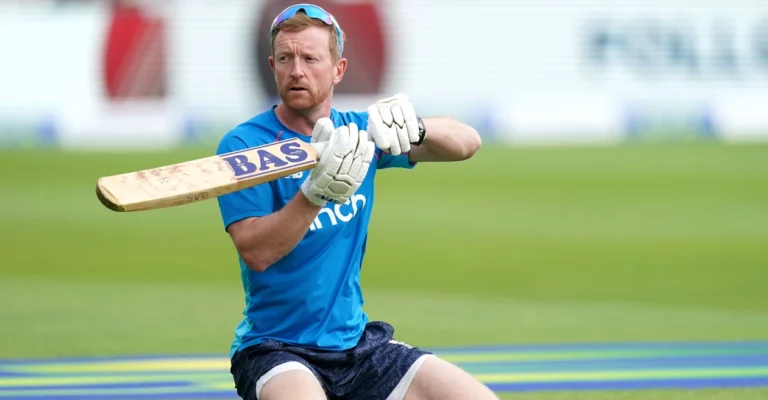Understanding the Sociology of Cricket Fandom
Online Cricket ID, Online Cricket ID: The evolution of cricket fandom over the years has been a fascinating journey to witness. From the early days when cricket was considered a gentleman’s game to the present era where it has become a global phenomenon, the changes in fandom have been significant. The emergence of shorter formats like T20 cricket has brought in a whole new generation of fans, who may not have been drawn to the longer version of the game.
With the advent of technology and social media, cricket fandom has taken on a whole new dimension. Fans now have access to live streaming, interactive platforms, and constant updates on their favorite players and teams. This instant connectivity has made it easier for fans to follow the game closely, no matter where they are in the world. The evolution of cricket fandom has truly been shaped by the advancements in technology and the changing preferences of the audience.
The Role of Social Class in Cricket Fandom
Cricket, often referred to as the “gentleman’s game,” has a long-standing association with social class. Historically, cricket was played and followed predominantly by the upper classes in British society. This elitist background has shaped the perceptions and behaviors of fans towards the sport, creating a social divide within cricket fandom based on class distinctions.
The social hierarchy inherent in cricket fandom manifests itself in various ways, from the locations of stadiums to the types of fan experiences offered. Elite clubs and private enclosures often cater to the upper classes, providing exclusive access and amenities that reinforce their privileged status within the cricketing community. On the other end of the spectrum, working-class fans may find themselves relegated to less prestigious seating areas, lacking the same opportunities for networking and socializing that their wealthier counterparts enjoy.
Gender Dynamics in Cricket Fandom
Women have long been a significant part of cricket fandom, yet their presence and contributions are often overlooked. While the sport has traditionally been male-dominated, the landscape is changing as more women are actively engaging with the game, both as fans and participants. Despite this shift, there are still challenges faced by women in the cricketing world, such as gender stereotypes and limited opportunities for recognition and representation.
In recent years, there have been positive developments in promoting inclusivity and diversity within cricket fandom. Women’s cricket has gained more visibility and support, leading to a growing female fan base and increased representation in the media. Efforts to break down gender barriers and create an inclusive environment for all fans have been crucial in reshaping the dynamics of cricket fandom. Women are not just passive spectators, but avid supporters who bring unique perspectives and enthusiasm to the sport.







